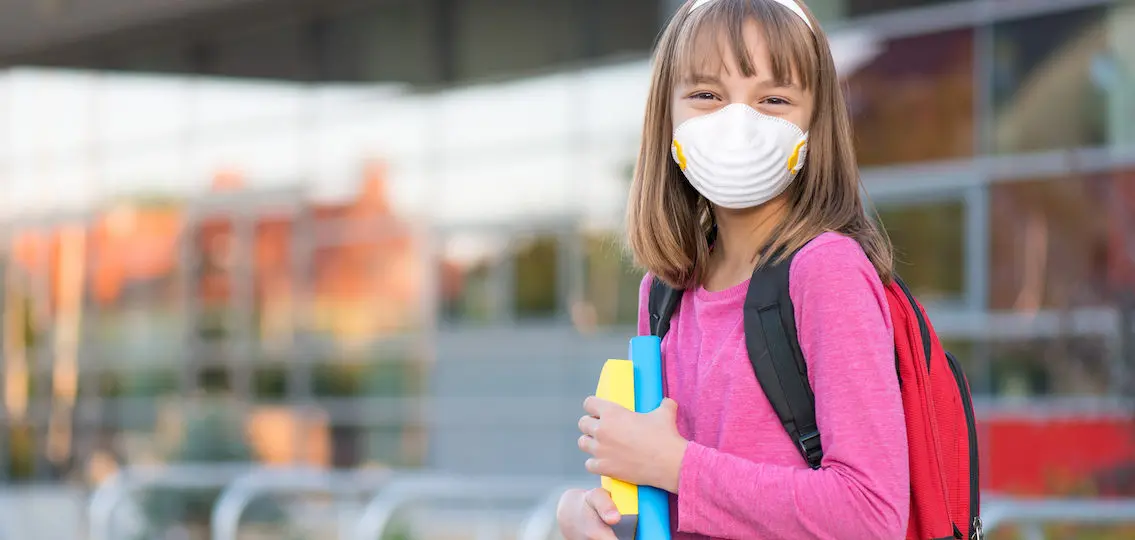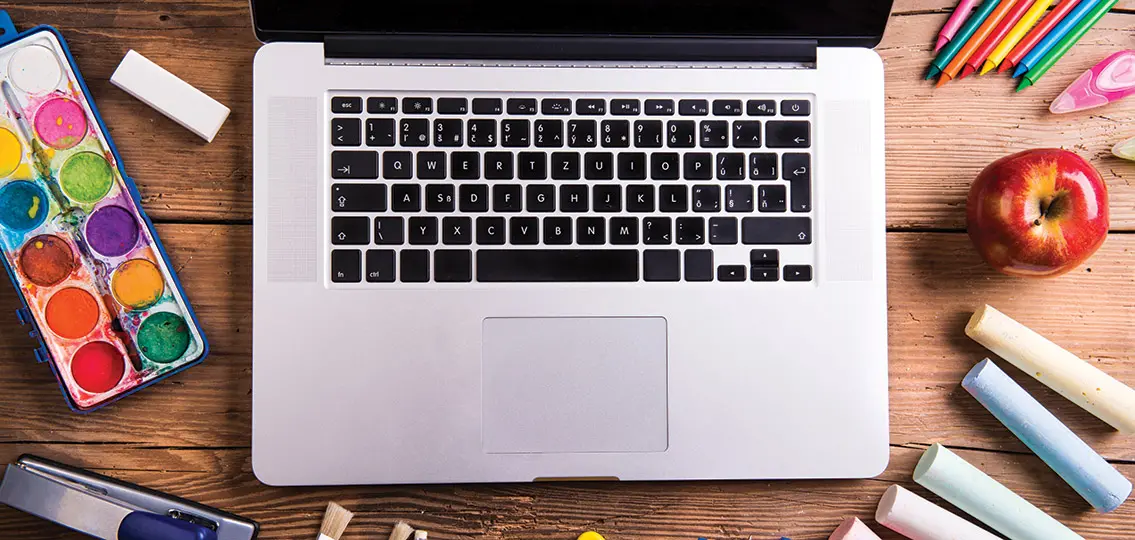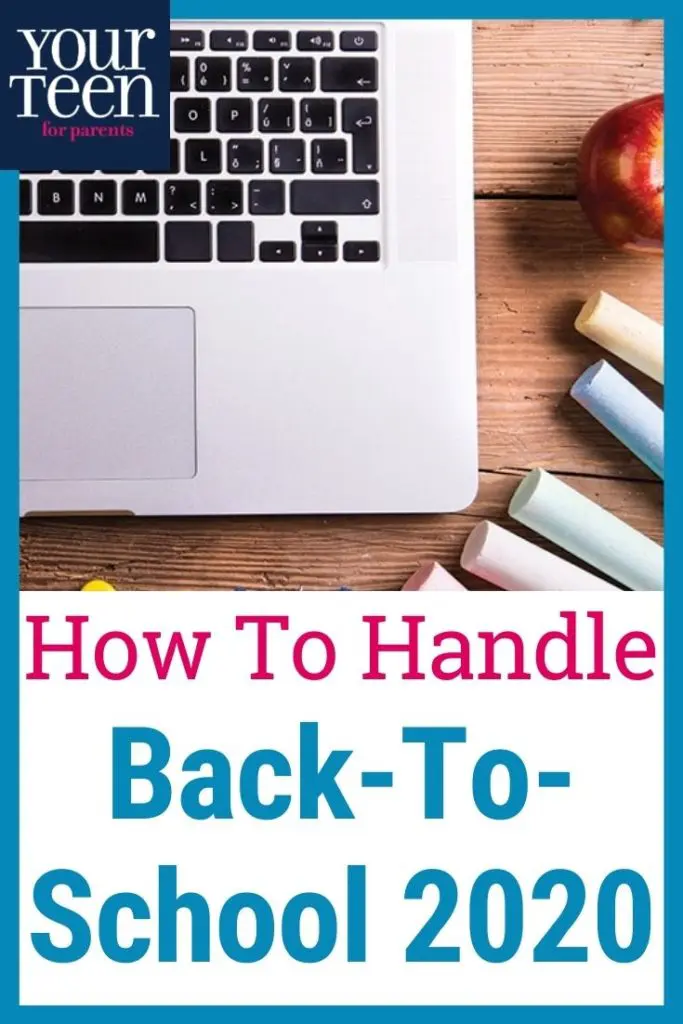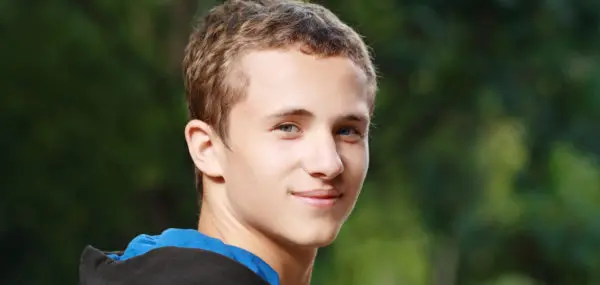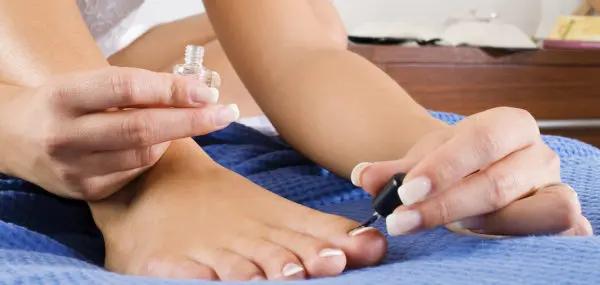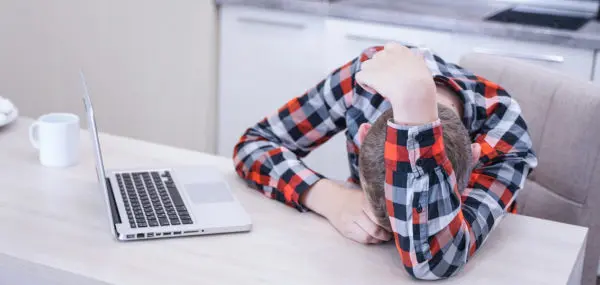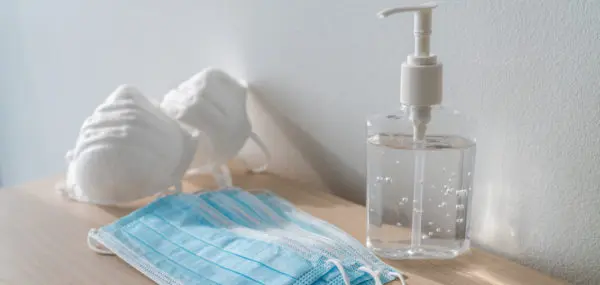We’ve all got a case of back-to-school anxiety, especially as we face the hard truth that we are not going back to anything that resembles so-called normal school for quite some time. Licensed clinical counselor, author, and journalist Phyllis Fagell helps us unpack our own feelings and model calmness for our kids by focusing on the things that do have control over.
Q: What does fall look like? We are all locked into some sense of normal – when we lose it, we long for a return to it. That’s not happening no matter what happens.
Fagell: That’s right and that’s what’s wearing everyone down: Constant churning change when the only thing that is certain right now is uncertainty. The biggest challenge for everyone is emotionally adjusting to this uncertainty.
Q: How do we do that?
Fagell: We have to get out of this space where everyone is venting and complaining. No one knows what they’re doing and everyone is building a plane in the sky. We don’t know whether our decisions today will have negative repercussions tomorrow. All of that is so unsettling and we have to figure out what we can do and what we have control over in order to manage all of those tumultuous feelings.
We have to start by acknowledging the anxiety we feel and put a name to it. When we get stuck saying I’m burned out or I’m overwhelmed, we can’t do anything proactive to help ourselves feel better. We need to help our kids do the same thing, too. If they say they are anxious, we should ask them “What does that mean? Do you need a planner? Do you need to reset your sleep routine? Do you need a teletherapist? Do you need more time to exercise?”
Q: The truth is that kids and parents are both feeling the stress. How important is it for us to model those things so we can both settle down?
Fagell: I love that you asked me that because it is all inter-related and our kids are going to do as well as we do and we will do as well as our kids do. But the one thing we can do for our children and the gift we can give them is to model calm. We can demonstrate for them what it means to live with uncertainty. We can help give them the vocabulary to articulate the many different kinds of losses they are feeling. The more we can do to label what we are feeling and the more we can talk about it, the better we are at addressing.
Q: Should parents tell kids that we’re unsettled also or should we have this bravado that everything is going to be fine?
Fagell: Developmentally we want our messaging to match where our kids are and we also want to be looking at what symptoms they’re exhibiting. One of the best ways to do this is by modeling how we ourselves are handling it. Tell them, “I’m a little anxious about the virus. It’s understandable so here’s what I’m going to do. I’m going to watch the news less. I know what I can control – I’m going to wear my mask and wash my hands.” We want to give kids a sense of control over the parts of their live that they can control. We also want to use “when” language, not “if” language and communicate to our kids that there are scientists across the world who are working on a vaccine to keep us safe.
On a practical level, we want to be getting them ready for what to expect. I know my school is planning to change just about everything to mitigate the risk. I have been encouraging all of the parents in our community to share with their kids that school will look different and how it will look different. We don’t need to give them too much at once, but kids feel more secure when they know what to expect and they can ask questions without creating a lot of drama because you are able to stay calm and answer those questions.
Q: Are you seeing any evidence that the parents are more anxious than the kids?
Fagell: Yes. Part of it is that adults have the bigger picture and know what the worst-case scenario is. It’s easy for us to catastrophize and it’s not irrational for us to worry about these things. It’s our job as parents to keep our kids safe. We are worrying about our own lives, our own jobs, our own health, the health of our family. We’re also worrying about our kids. Kids are really just worrying about themselves. They’re egotistical. It’s developmentally appropriate for them to focus on themselves. We as parents carry the worry for everyone.
Q: How realistic is it, especially for middle school kids that you’ll be dealing with, to follow all the guidelines?
Fagell: I’m a realist. There has been some research on college students and how we might want to be thinking more about harm mitigation rather than harm elimination. Is it realistic to expect an 18-year-old to quarantine for two weeks in their dorm room or would we better off having some limited activities knowing that they might rebel if we are too restrictive? And in a school setting with younger kids, they are absolutely going to be taking off their masks because they are itchy. Think about all the kids who don’t like the way socks feel because of the seams or shirts because of the tags. This is the time to find a mask that is the most comfortable for your kids. That is something that you can control.
Q: Anything hopeful to leave us with?
Fagell: I learned a lot about my students during remote learning that transfers back to in person learning. For example, I noticed that being on camera was difficult for them. Some of the introverted students were quite vocal when they used the chat box. We don’t necessarily need to test students every five minutes in order for them to learn. We’ve had more family time and parents have learned more about their kids. All of those things will help us partner better to teach kids.
